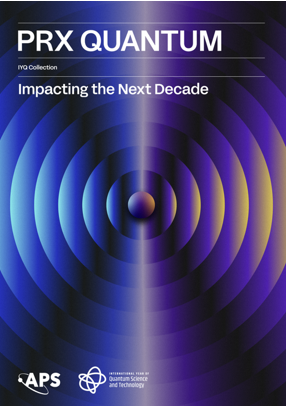 |
Alessio Ciamei has received an ERC Starting Grant for his project COMPASS: "An ultracold Molecule Platform for fundamental Asymmetry Searches". You can find the theoretical proposal behind COMPASS in his recent preprint written in collaboration with the group of Prof.M.Tomza (University of Warsaw): Congratulations! Positions are available at different levels. To learn more you can contact
|
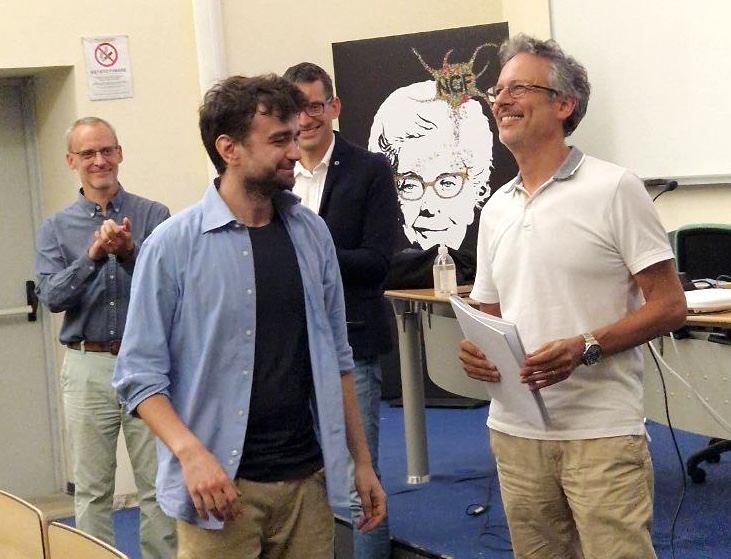 |
Congratulations to Stefano for obtaining his well-deserved PhD degree (cum laude!) with his thesis titled "Ultracold 6Li-53Cr mixtures: From resonantly interacting fermions to paramagnetic bosonic dimers"! And may the future bring you many more successful results. Daje! Check out the thesis here. |
|
|
On the occasion of the centenary of the birth of quantum mechanics, PRX Quantum has selected our work on Ultracold LiCr molecules for their International Year of Quantum collection, among those highly interdisciplinary papers impacting the next decade of quantum science. Check it out at the link below!
Our selected paper on Ultracold LiCr: Ultracold : A New Pathway to Quantum Gases of Paramagnetic Polar Molecules | PRX Quantum |
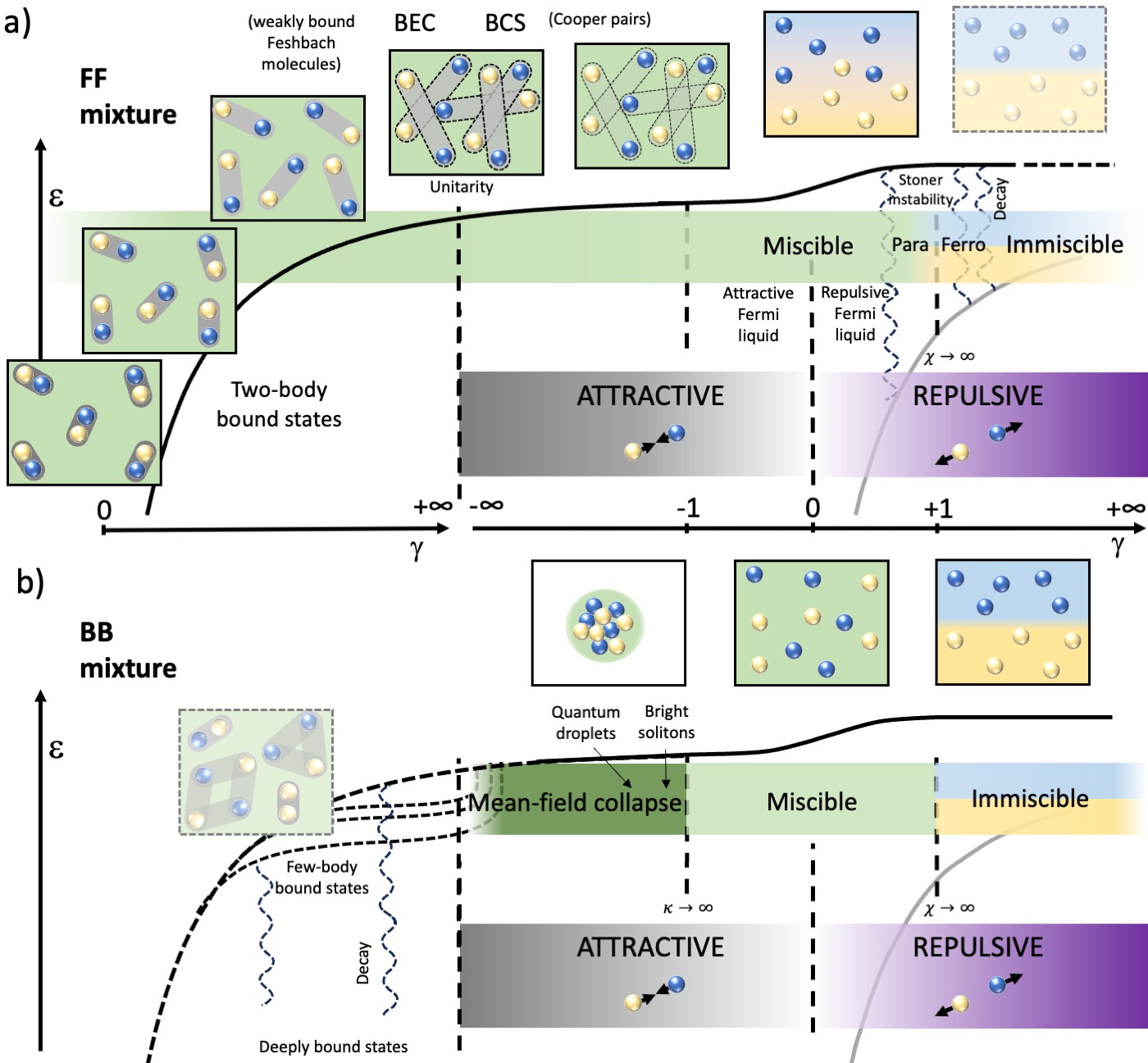 |
After decades of improvements in cooling techniques of several atomic species and in finding methods to achieve stable quantum mixtures, the field is now ready for an extensive use of such versatile platforms to investigate various physical problems. Relevant examples are the dynamics of impurities in a quantum gas, the miscibility condition of different gases, the study of exotic topological structures, the interplay between magnetism and superfluidity, the formation of artificial molecules or new few-body states. In this review we illustrate the differences among possible quantum mixtures — whether homonuclear spin mixtures or heteronuclear ones — and show how they can be exploited to investigate a plethora of topics from the few-body to the many-body regime. In particular, we discuss quantum mixtures of ultracold gases under three different perspectives: systems made of a few atoms of different kinds, single impurities within a host gas and quantum mixtures of two interacting gases. C. Baroni et al. |
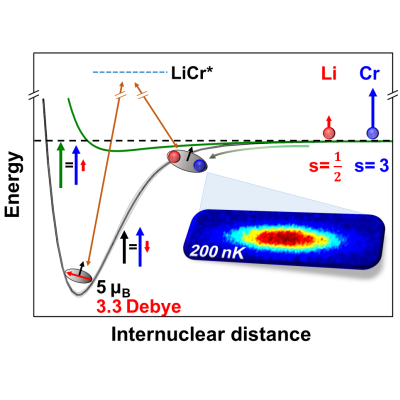 |
S. Finelli et al. |
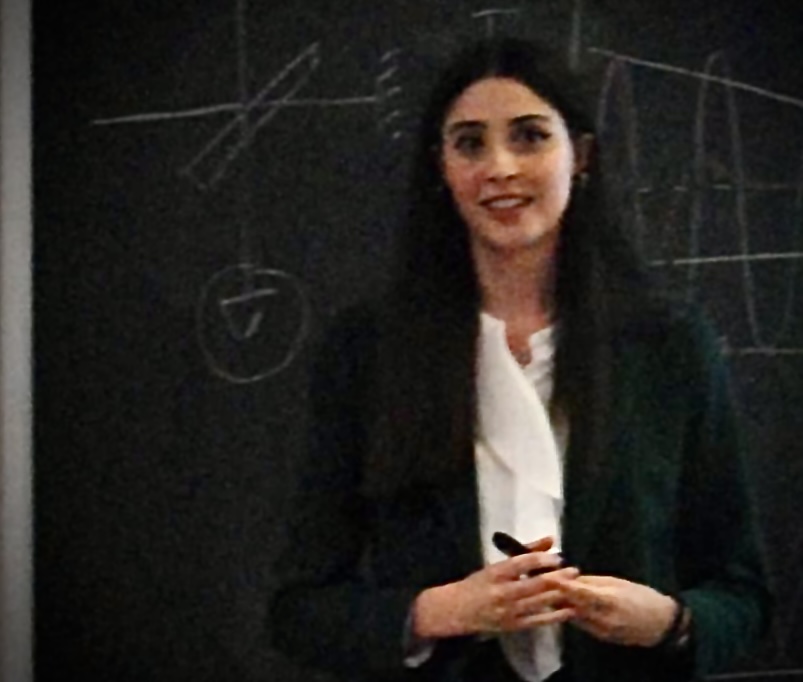 |
Congrats and good luck Bea! |
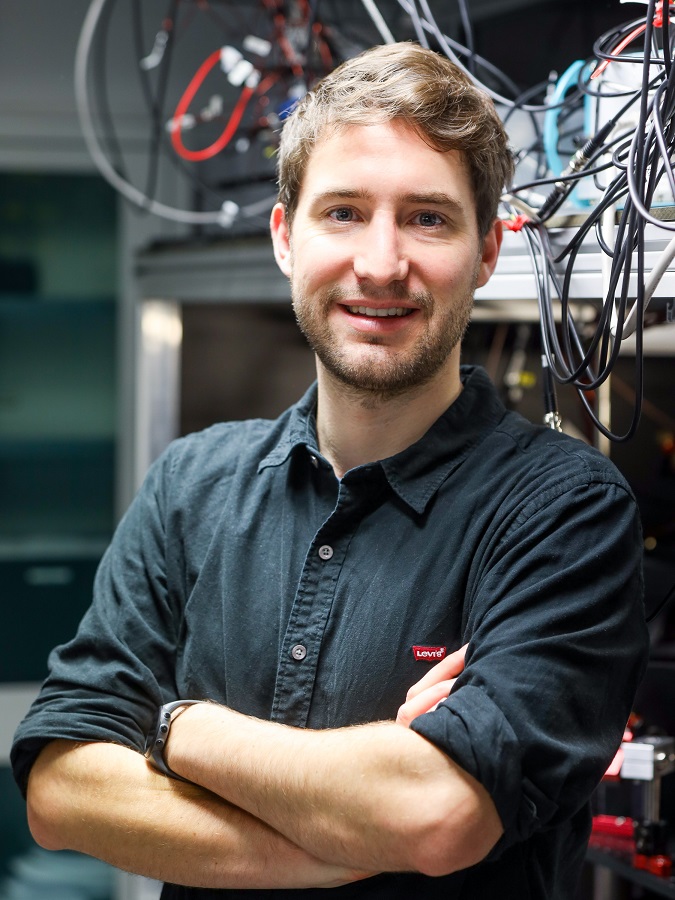 |
Max Schemmer has joined the LiCr team as Senior researcher. Viel Glück Max! |
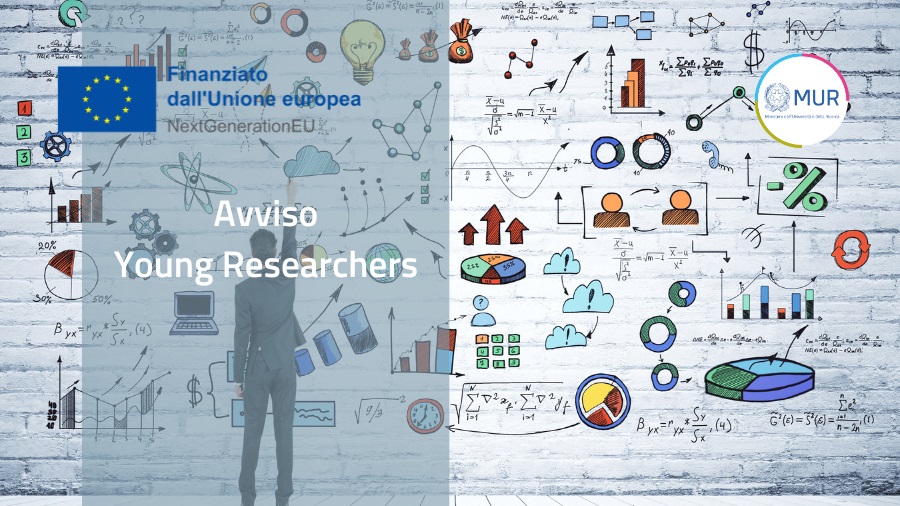 |
Alessio Ciamei and Max Schemmer have both won the "Young Researcher" grant funded by the Italian Ministry of University and Research (MUR) with 300k€, each for the next 3 years. Buona fortuna a entrambi! |
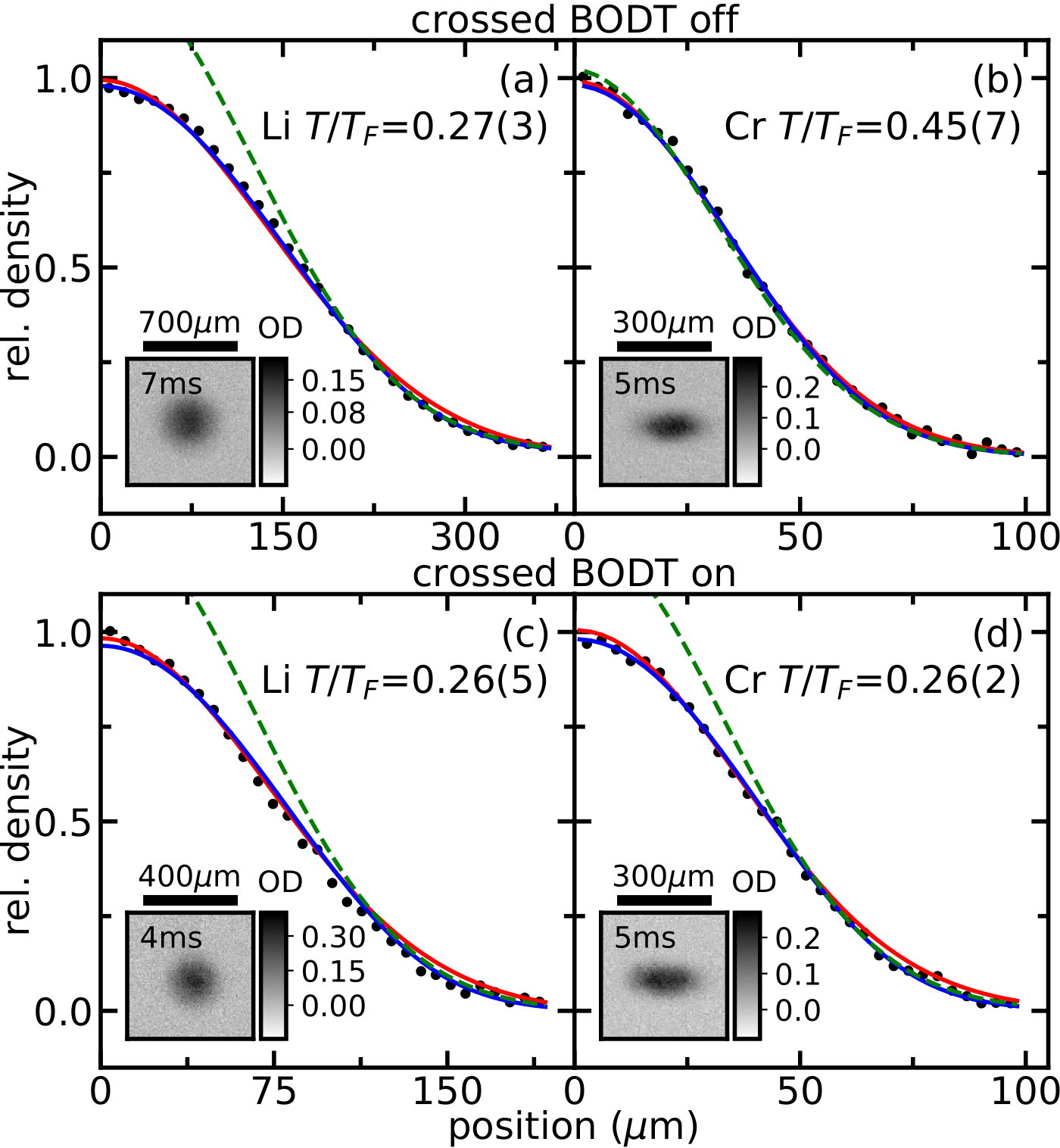 |
We have reached simultaneous quantum degeneracy for fermionic Li and Cr atoms for the first time. In this work, we explain our all-optical strategy to realize large samples of more than 2x105 6Li and 105 53Cr atoms with T/TF as low as 0.25 in less than 13 s. Moreover, by use of a crossed bichromatic optical dipole trap, we are able to control the relative density and degree of degeneracy of the mixture components. This novel mass-imbalanced Fermi mixture, which we already proved to possess suitable Feshbach resonances in a previous work [Phys. Rev. Lett. 129, 093402 (2022)], opens the way to the observation of novel exotic few- and many-body phenomena, as well as the creation of ultracold polar paramagnetic LiCr molecules. Finally, our experimental methods can be exploited to realize large Fermi gases or homonuclear spin-mixtures of 53Cr, which will enable us to investigate the effects of weak dipolar interactions on BEC-BCS crossover physics. Our results have been recently published in Physical Review A: A. Ciamei et al. |
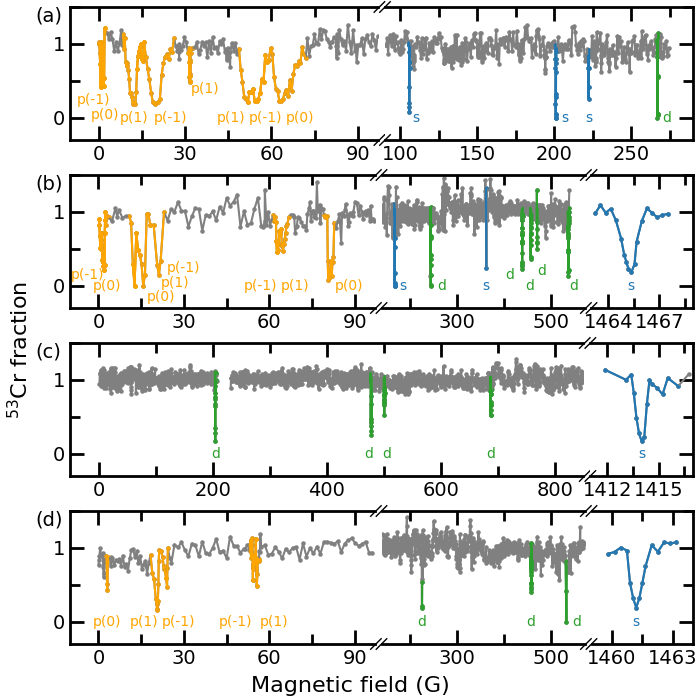 |
Our preprint on ultracold collisions in 6Li-53Cr mixtures is now on the arXiv! We have performed extensive Feshbach spectroscopy of various spin combinations revealing more than 50 resonances between 0 and 1500 G. By means of a full coupled-channel model, we have unambiguously assigned a complete set of quantum numbers to each resonance and derived a thorough characterization of the scattering properties of our system. This has enabled us to identify several resonances suitable for future few-body and many-body studies of mass-imbalanced Fermi mixtures. What is more, our work paves the way to the production of a new class of ultracold molecules possessing both electric and magnetic dipole moments. Stay tuned! A. Ciamei et al. |
 |
Within the CriLiN project, EU-funded through a Marie Skłodowska-Curie action, Alessio will develop a novel type of atomic quantum simulator with long-range, multi-body interactions. |
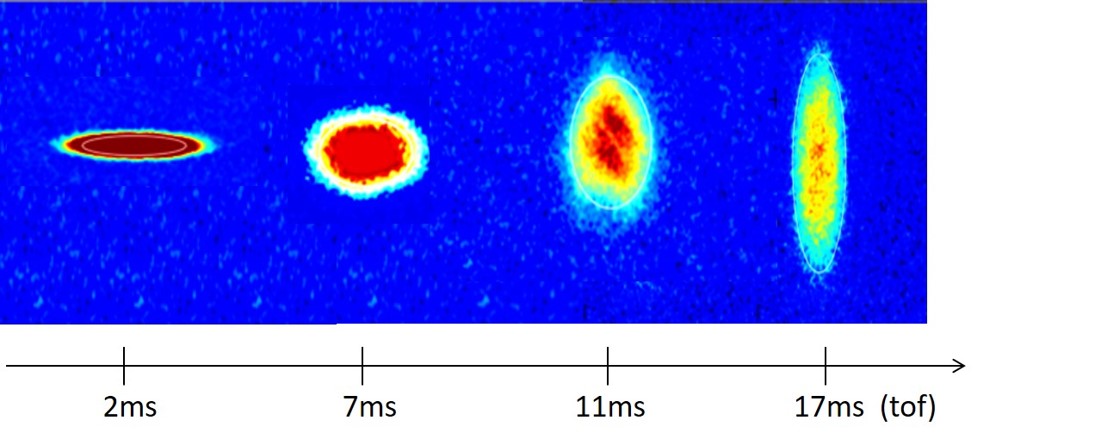 |
In the middle of the hot Tuscan summer, we could bring to quantum degeneracy large samples of 6Li atoms in our setup. With the same all-optical strategies already developed in the LiLab, we can achieve crossover superfluids, as well as highly degenerate Fermi gases, of up to 1 million atoms. (In the image, the hydrodynamic expansion of a crossover superfluid of about 700000 pairs). |
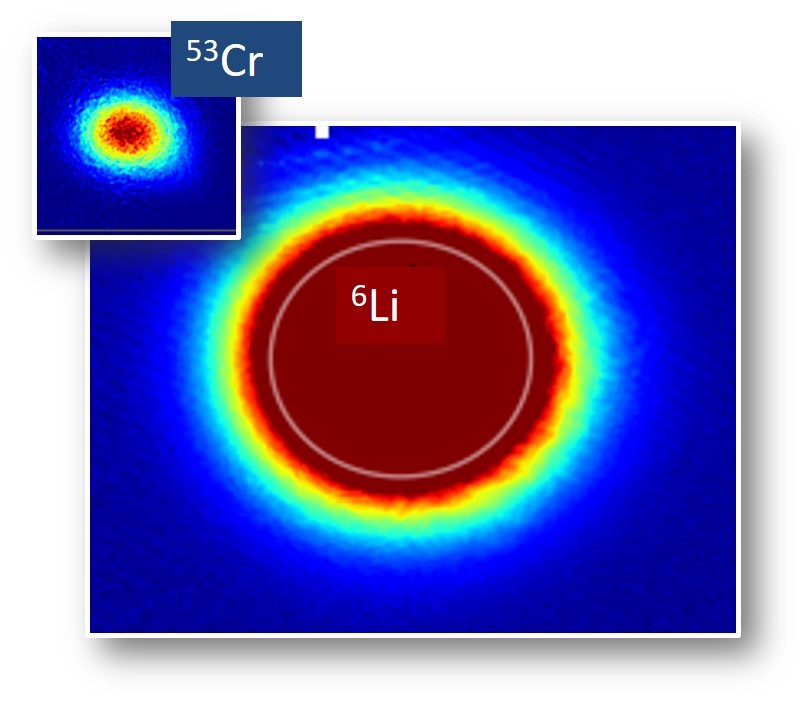 |
We brought into the cold regime the first chromium-lithium fermionic mixture worldwide. within a 5 sec. duty cycle, we produce samples of about 4 million chromium and 300 million lithium atoms at a few hundreds of microKelvin. Our work just got published in Phys. Rev. A. E. Neri, et al., |
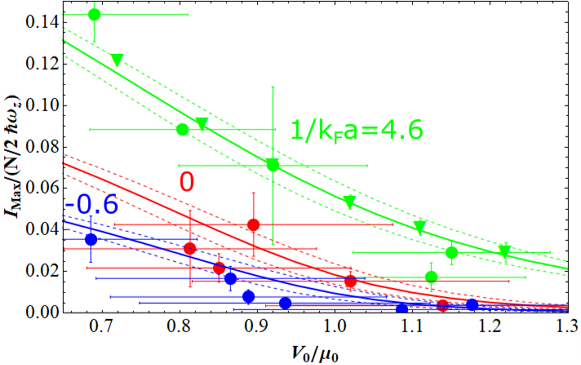 |
Together with Wilhelm Zwerger, we developed a simple analytic model to quantitatively describe the Josephson tunneling between two Fermi superfluids along the entire BCS-BEC crossover. Our work just got published in Phys. Rev. A. M. Zaccanti, W. Zwerger, |
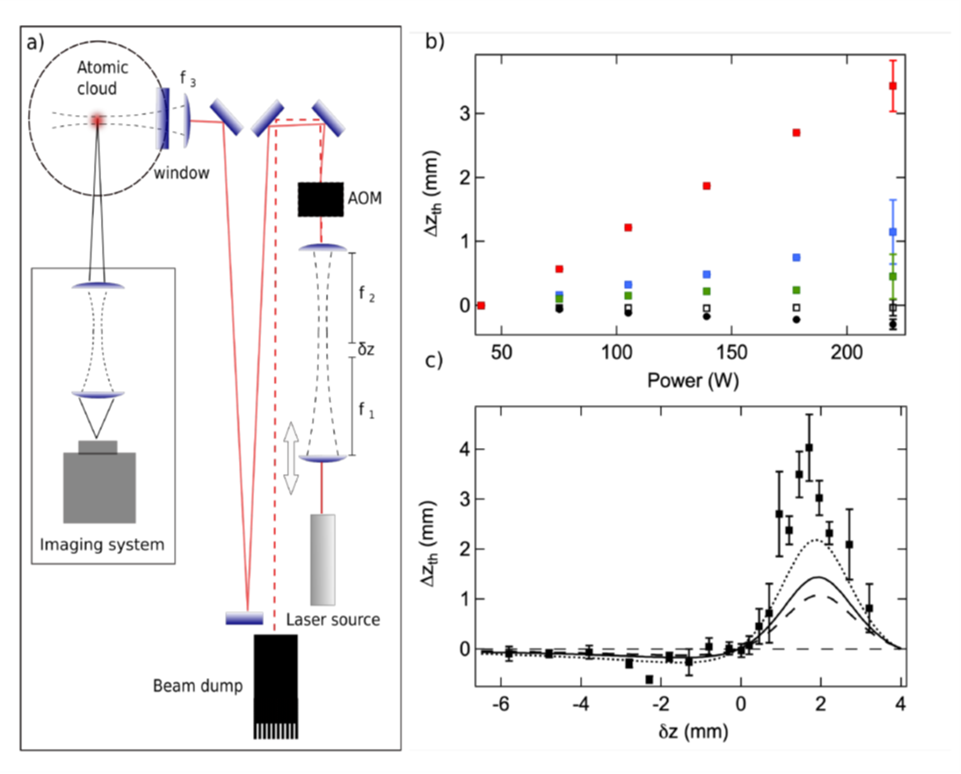 |
We devised a simple, totally passive scheme that enables to realize an inexpensive optical trapping apparatus free from thermal lensing effects. Our work just got published in Optics Express. C. Simonelli et al., |
 |
We have finalized the construction of the experimental setup, and we're now able to produce the first Lithium-Chromium MOT worldwide! Fun has just begun! |
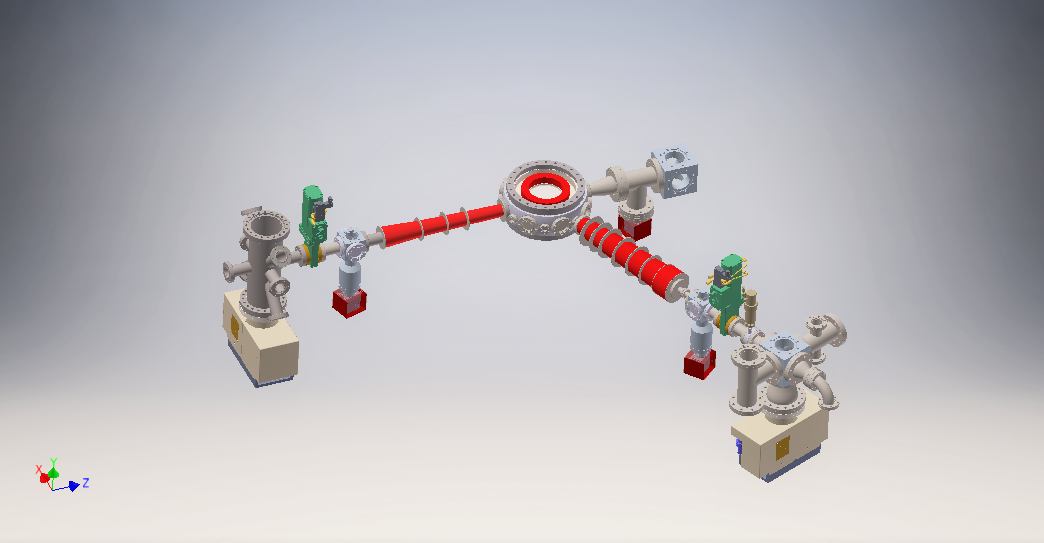 |
We have completed the design of the dual-species vacuum setup of the experiment and its construction will begin very soon. Stay tuned for updates! |
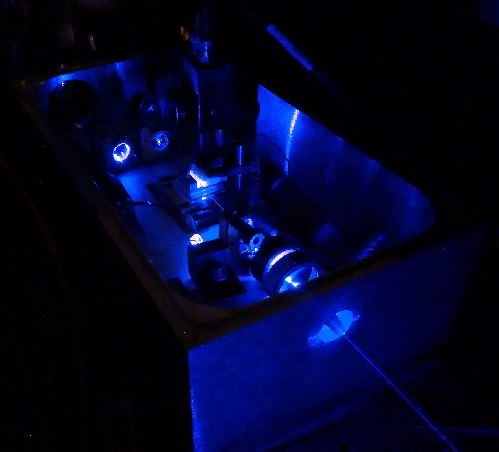 |
We have recently developed a home-made and unexpensive high power laser source @425nm: up to 800mW of blue light for laser cooling of Chromium! |
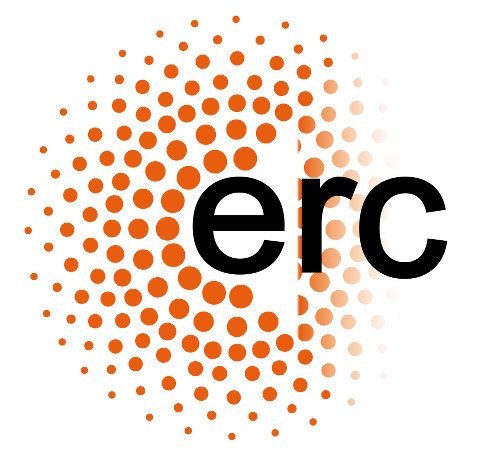 |
Matteo Zaccanti has been awarded with an ERC Starting Grant! The title of the project is "PoLiChroM: Superfluidity and ferromagnetism of unequal mass fermions with 2- and 3-body resonant interactions” (proposal #637738). Congratulations! |



